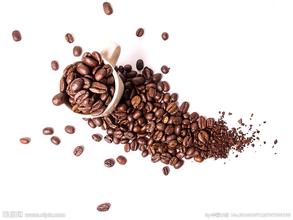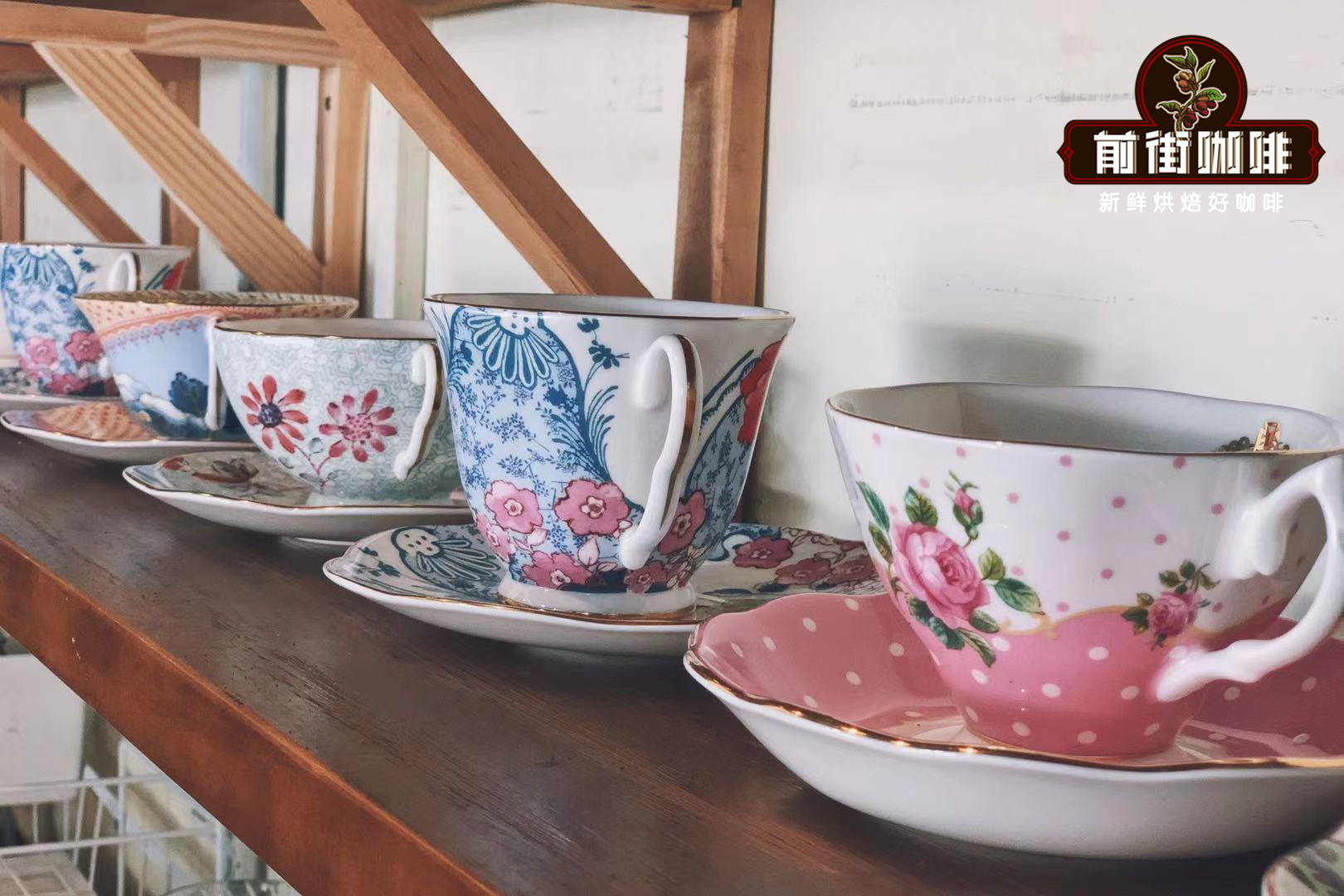Description of Coffee Bean Flavor of Geisha (also known as Geisha) introduction to the taste of the regional treatment of manor production
Description of Coffee Bean Flavor of Geisha (also known as Geisha) introduction to the taste of the regional treatment of manor production
The dry aroma of Rosa is very bright, with aromas of rose and jasmine, with aromas of pomelo and citrus, light baked with nutty aromas, and wet aromas with hazelnut and more floral characters. In terms of taste and flavor, compared with the previously rising aroma, it may be slightly mild and subtle in the early stage, and the flower and fruit flavor will gradually increase as the temperature drops, and the cold aroma is excellent (sweet preserved fruit, rose fruit, orange glaze jam, strawberry jam, silk pine, cherry, vanilla and rose gradually fade, leading to lemon-flavored fruit). This is a coffee that can be praised by a large number of adjectives, and the sweetness of Ganshi, which is testing the brightness of this coffee, especially in the case of shallow roasting, which was obscure from Mount Geisha Mountain in southwestern Ethiopia (which happens to be synonymous with Japanese geisha) to Kenya, Tanzania and Costa Rica, and was transplanted to Panama in the 1960s. After nearly half a century, it was a blockbuster, defeating the victorious armies such as Bourbon, Kaddura, Kaduai, Tibica and so on, and won the first prize of the Panama National Bean Cup Test Competition in 2005, 2006 and 2007. In 2007, the International famous Bean Cup Test sponsored by the American Fine Coffee Association (SCAA) won the championship again, and the bidding price was sold at US $130 per pound, setting a record for the highest price in the history of competition beans. It is reported that the later Panamanian national treasure bean competition will be divided into two groups: Rose Summer and non-Rose Summer, so as not to be robbed of the brilliance of other varieties by Rose Summer. Rosa is a member of the Tibika family, but it became famous more than 70 years after leaving Ethiopia, and fulfilled the saying that Ethiopia is a treasure trove of Arabica genes. Giving a variety to go abroad is enough to stir up trouble in the coffee market.
Bourbon (Bourbon Bourbon) gene mutants: Kenya [SL28] and [SL34] (Bourbon)
Rose summer (Geisha geisha coffee)
Yellow bourbon (Bourbon Amarello)
Kaddura (Caturra)
Pacas (Pacas)
Vera Saatchi (Villa Sarchi)
Elephant bean (Maragogype Malago Rippi) Arabica intraspecific hybridization (Intraspecific Hybrid) New World (Mundo Novo)
Kaduai (Catuai)
Pacamara (Pacamara)
Interspecific hybridization between Kent Arabica and Robusta stout bean (Interspecific Hybrid) Tim (Timor)
Kadim (Catimor)
Ikatu (Icatu)
Ruyilu 11 (Ruiru 11)
Qiang Zhuo Jiri (Chandragiri

Important Notice :
前街咖啡 FrontStreet Coffee has moved to new addredd:
FrontStreet Coffee Address: 315,Donghua East Road,GuangZhou
Tel:020 38364473
- Prev

Brief introduction of Panamanian Flower Butterfly Coffee beans Taste characteristics Panamanian Coffee Manor Origin treatment Story
Panamanian Flower Butterfly Coffee beans, like the famous Emerald Manor Rose Summer, are beans from Pokuit, and contain 40% to 70% Rose Summer, with a very authentic Panamanian Rose Summer flavor. The most important thing is that the price is very close to the people. Flavor: floral fragrance, bergamot, berry, Nanyang fruit, honey, cherry
- Next

Description of Sidamo Coffee Red Cherry Flavor introduction to the characteristics of varieties treated in the manor area
Description of Coffee Red Cherry Flavor in Sidamo Coffee Yirgacheffe is from Yirga, a small town in the northwest of Sidamo province. Yirgacheffe coffee raw bean is one of the most distinctive coffee in the world. It is rare and expensive. It is produced in Sidamo, Ethiopia.
Related
- Detailed explanation of Jadeite planting Land in Panamanian Jadeite Manor introduction to the grading system of Jadeite competitive bidding, Red bid, Green bid and Rose Summer
- Story of Coffee planting in Brenka region of Costa Rica Stonehenge Manor anaerobic heavy honey treatment of flavor mouth
- What's on the barrel of Blue Mountain Coffee beans?
- Can American coffee also pull flowers? How to use hot American style to pull out a good-looking pattern?
- Can you make a cold extract with coffee beans? What is the right proportion for cold-extracted coffee formula?
- Indonesian PWN Gold Mandrine Coffee Origin Features Flavor How to Chong? Mandolin coffee is American.
- A brief introduction to the flavor characteristics of Brazilian yellow bourbon coffee beans
- What is the effect of different water quality on the flavor of cold-extracted coffee? What kind of water is best for brewing coffee?
- Why do you think of Rose Summer whenever you mention Panamanian coffee?
- Introduction to the characteristics of authentic blue mountain coffee bean producing areas? What is the CIB Coffee Authority in Jamaica?

